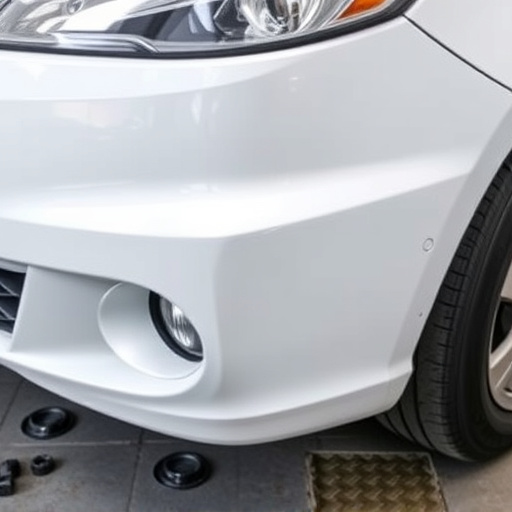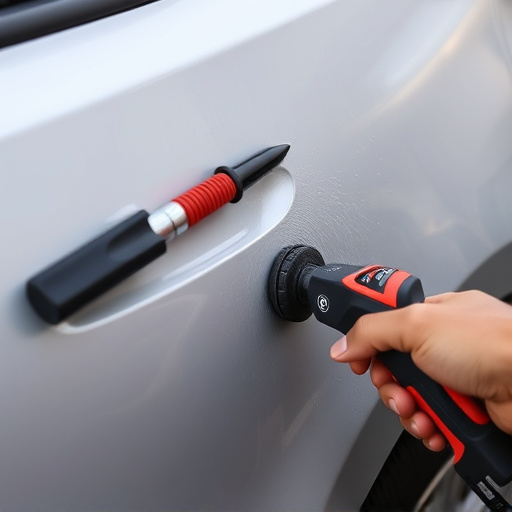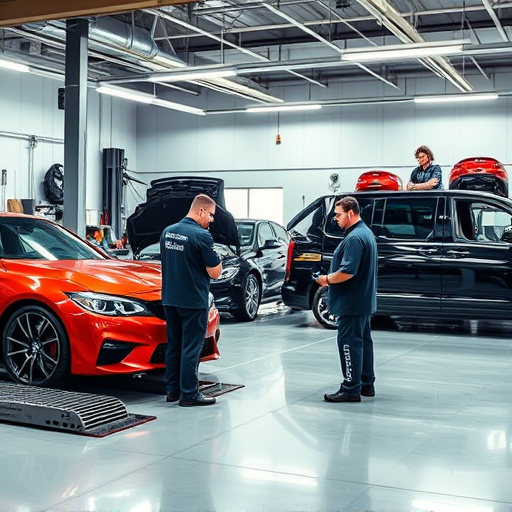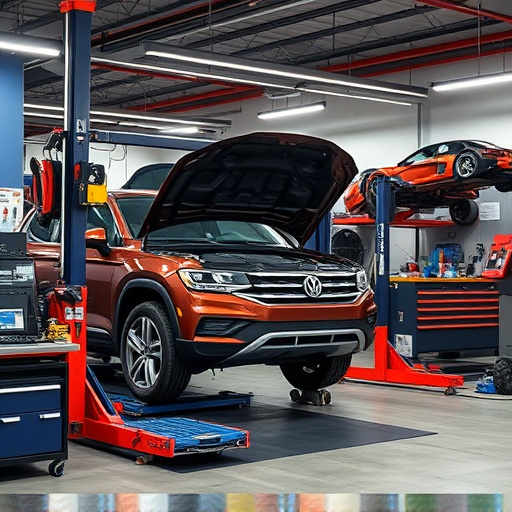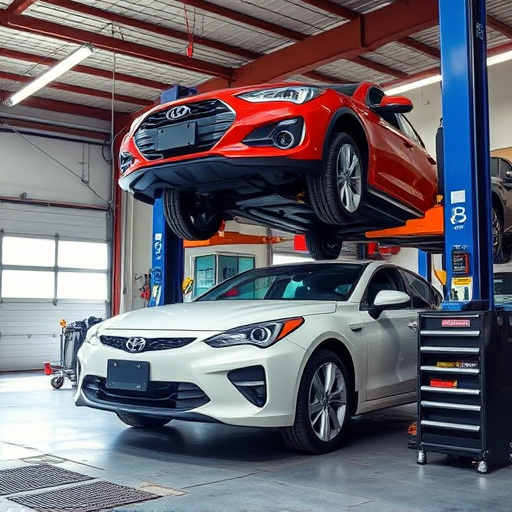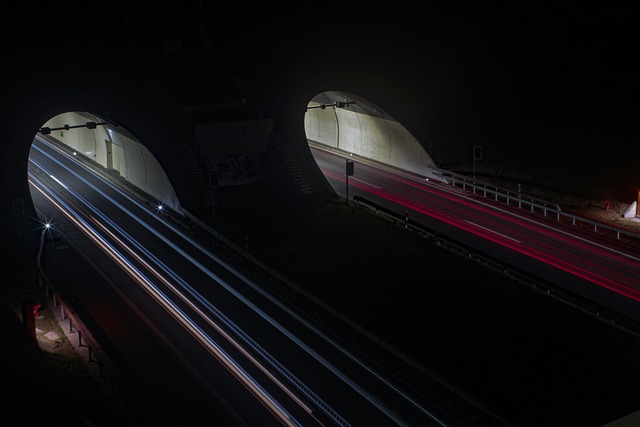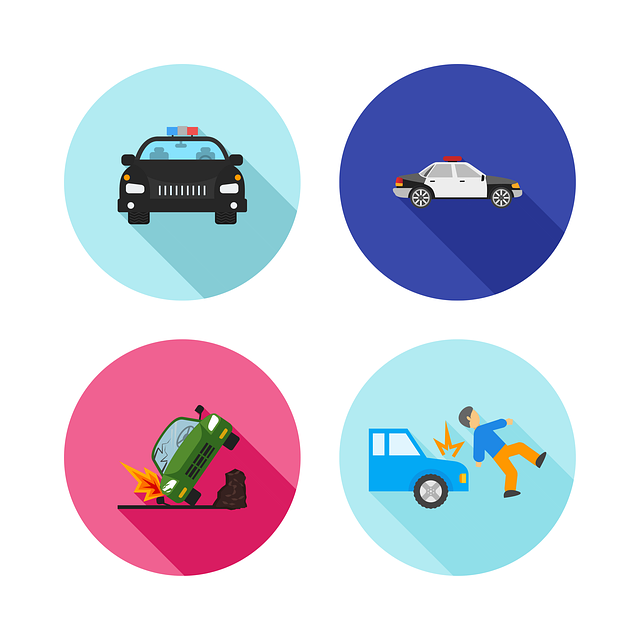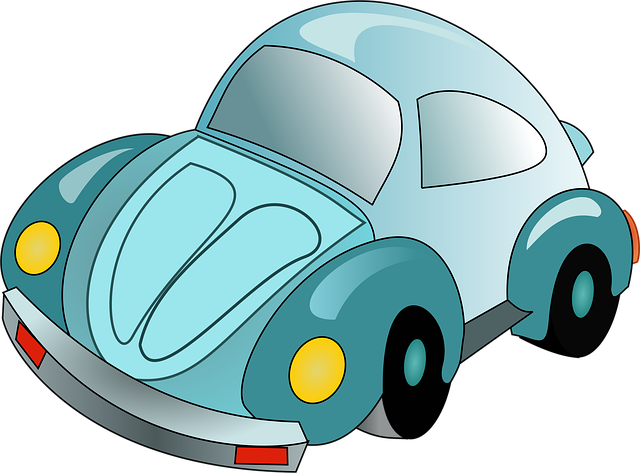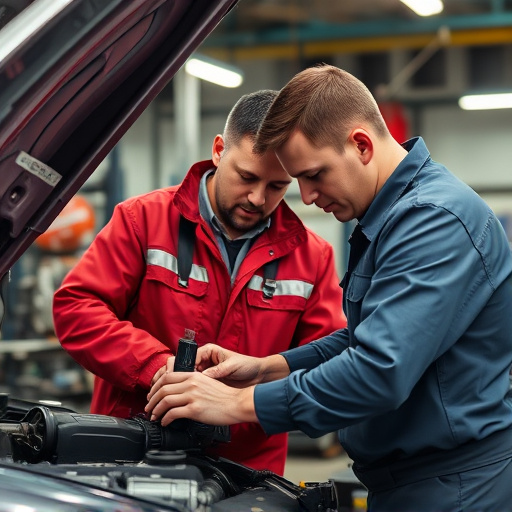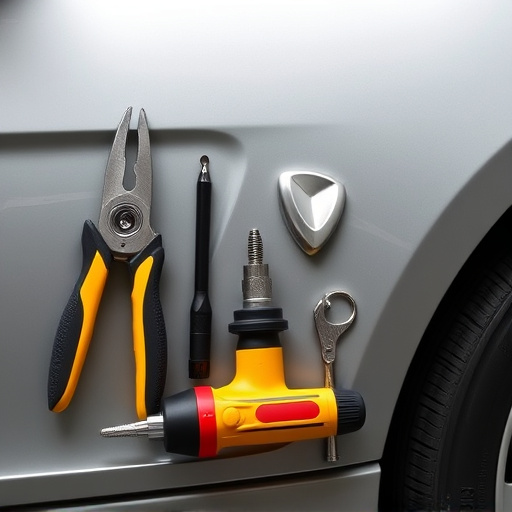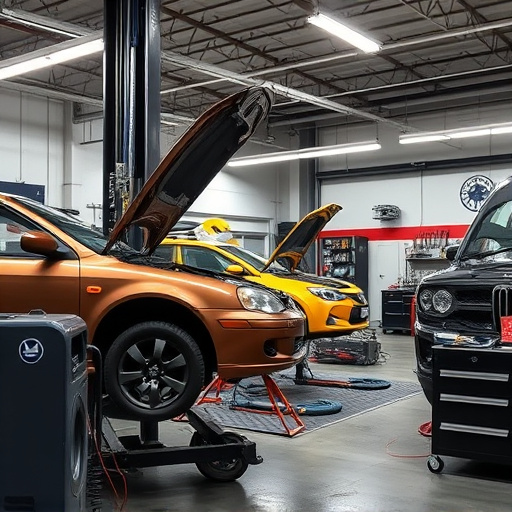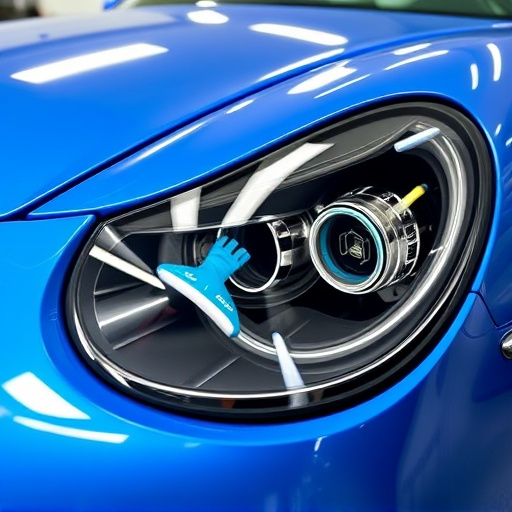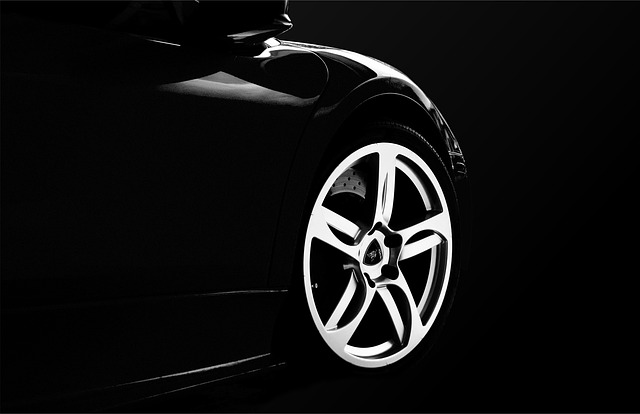After a car accident, drivers should prioritize safety and report the incident to their insurance provider, who may offer a loaner vehicle collision repair service. Reputable workshops provide temporary vehicles during repairs, covering needs like dent removal and structural fixes. Drivers must communicate preferences for specific loaner vehicles and maintain records while ensuring open communication with insurers throughout the process.
“Unsure what to expect when your car needs a collision repair with a loaner vehicle? This comprehensive guide breaks down the entire process, from initial accident response to final collection. We’ll explore each step in detail, including what happens behind the scenes at repair shops and your rights as a driver. By understanding the loaner vehicle collision repair process, you can navigate this experience with confidence, ensuring a smooth transition back to safe, reliable transportation.”
- Understanding Loaner Vehicle Collision Repair Process
- What Happens After Your Car Accident?
- Rights and Responsibilities During Repair
Understanding Loaner Vehicle Collision Repair Process
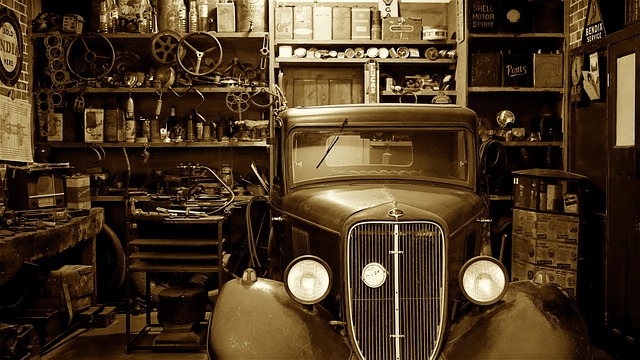
When a collision occurs, understanding the loaner vehicle collision repair process is crucial for any driver. The first step involves an assessment by a professional mechanic who will inspect the damage and determine the extent of the repairs required. This includes identifying issues like dent removal, cracked or broken parts, and potential structural damage. Once the damage is assessed, the mechanic will provide an estimate detailing the costs involved.
During the repair process, owners can expect their vehicle to be in the shop for a certain period. Reputable workshops often offer loaner vehicles to ensure clients have transportation while their car is being restored. This is where the term “loaner vehicle collision repair” comes into play. The loaner vehicle helps bridge the gap between when your car is taken in for repairs and when it’s ready, providing convenience and peace of mind throughout the vehicle restoration process, which may include dent removal and other necessary fixes.
What Happens After Your Car Accident?
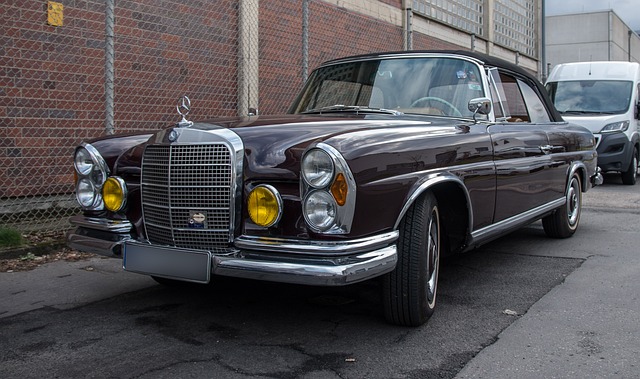
After a car accident, the immediate focus is often on personal safety and seeking medical attention if needed. Once those basic needs are met, understanding the next steps in the process is crucial, especially when it comes to getting your vehicle back on the road. The first action is typically to contact your insurance provider to report the incident and begin the claims process. They will guide you through the necessary procedures and provide information about a loaner vehicle collision repair option.
During this time, you can expect your insurance company to send an adjuster to inspect the damage to your vehicle. This step is vital as it determines the extent of the repairs required. Once assessed, your car may be taken to an auto collision center specializing in automotive body work and dent removal to begin the repair process. Here, skilled technicians will handle everything from structural repairs to cosmetic enhancements, ensuring your vehicle returns to its pre-accident condition or better.
Rights and Responsibilities During Repair
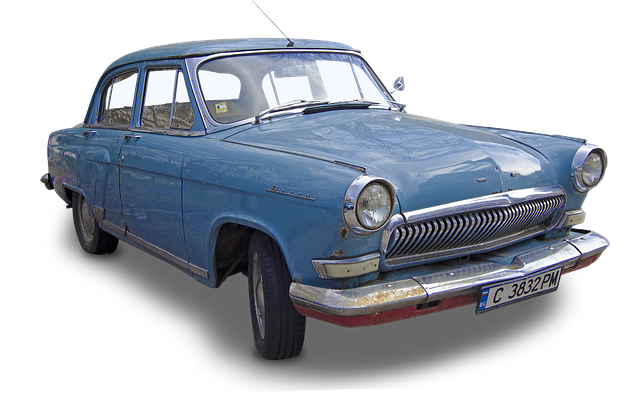
When a car collision occurs, knowing your rights and responsibilities during the loaner vehicle collision repair process is essential. As a policyholder, you have the right to choose an authorized repair facility, although insurance companies often have preferred providers. It’s crucial to communicate any specific requirements or preferences regarding your loaner vehicle—be it brand, model, or features—with both your insurer and the chosen workshop.
During this time, car owners are generally responsible for maintaining regular communication with their insurance company and keeping track of paperwork. This includes filing a claim, providing necessary details about the accident, and ensuring all repair costs are covered under your policy. Additionally, while the car is in for car collision repair, owners should expect updates on the status of both the vehicle restoration and their claims process to ensure everything progresses smoothly.
When you’re involved in a car accident, navigating the subsequent loaner vehicle collision repair process can seem daunting. However, by understanding your rights, responsibilities, and what to expect at each step – from immediate post-accident actions to final restoration of your vehicle – you’ll be better equipped to ensure a smooth and efficient experience. Remember, knowing the ins and outs of this process is key to getting back on the road safely and quickly.
